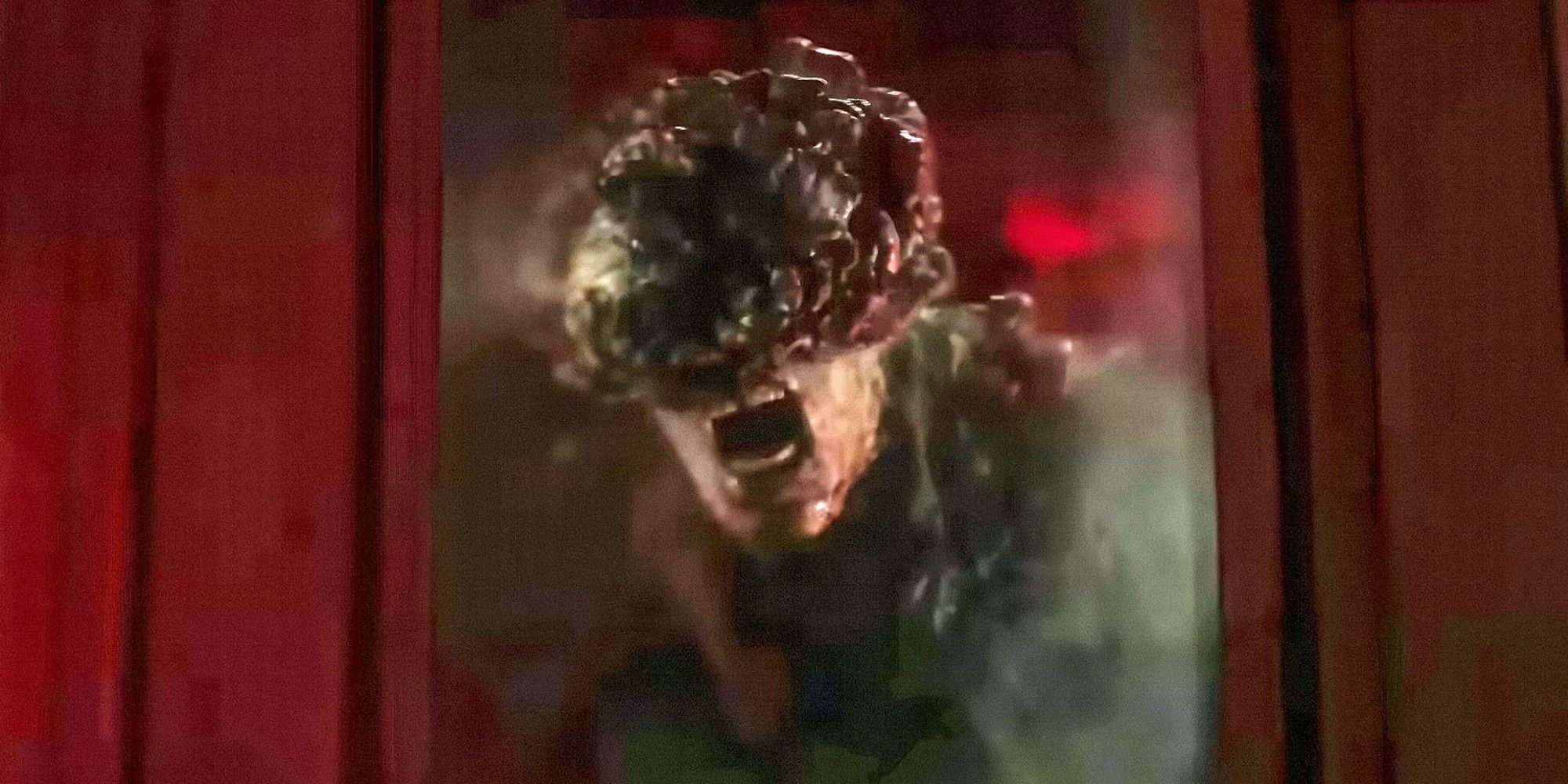
A microbiologist explains why the Cordyceps infection in The Last of Us wouldn't affect humans in real life. In Naughty Dog's video game and the HBO adaptation, the Cordyceps infection is a widespread fungus that turns humans into zombie-like beings, causing a global pandemic and the collapse of society. In both the video game and the HBO show, the Cordyceps infection takes inspiration from the real-life fungus known as Ophiocordyceps unilateralis, which mainly affects ants and significantly influences their behavior.
In a new video from WIRED, microbiologist Dan Buckley answered the internet's burning questions about microbiology, including whether the Cordyceps infection from The Last Of Us is realistic. Watch the portion of the video below starting at the 6:30 minute mark:
Buckley explains that the ophiocordyceps fungus only affects insects since they're cold-blooded, and is unable to affect humans, which are warm-blooded. Read his full explanation below:
The clickers that you saw where the fungus infects people coming out of the person's head, I wouldn't worry too much about that unless you're an insect. The ophiocordyceps fungus infects many different kinds of insects, gets into their brain, and then causes these insects to move in such a way that promotes the distribution of the fungus so that more ants will become zombies, but insects are cold-blooded. They're very different from us and so I wouldn't think that this fungus is going to infect people. If I was worried about a zombie infection for people, I would really think about rabies. Rabies is transmitted by a bite. If you're not vaccinated or treated quickly, it basically gets to your brain, it can make you maybe want to bite people. So we kind of do have a zombie infection, we just have really good vaccines for it right now.
Why Last Of Us' Cordyceps Infection Wouldn't Affect Humans In Real Life
Humans' Internal Temperatures Are Too High
The cordyceps infection in The Last of Us is based on a real fungus called ophiocordyceps unilateralis, commonly known as Cordyceps or the zombie-ant fungus because it mostly infects ants, but also spiders, and causes them to climb to an elevated location, which provides optimal conditions for fungal growth. After the ant dies, the fungus disperses spores into the environment and infects other ants. The Cordyceps fungus' ability to induce zombie-like symptoms in ants is what inspired The Last of Us creator Neil Druckmann to include it in the story.
While Ophiocordyceps unilateralis is real and widely infects ants, it's unable to affect humans, as Buckley explains. Insects are cold-blooded, which makes them the perfect hosts for the fungus to grow and thrive. However, humans are not susceptible to infection from the Cordyceps fungus because of their higher internal temperatures, but also because of their advanced immune systems. Cordyceps in The Last of Us differs from the real-life fungus in several ways, including how it infects hosts and how infected hosts are connected.
While Ophiocordyceps unilateralis is unable to affect humans, fungi could still become a real threat to humans. As mentioned during The Last of Us' opening scene, global warming would allow Cordyceps to evolve and possibly infect humans. The Last of Us envisions a future in which this frightening possibility occurs, intentionally straddling the line between the fictional and the factual.



